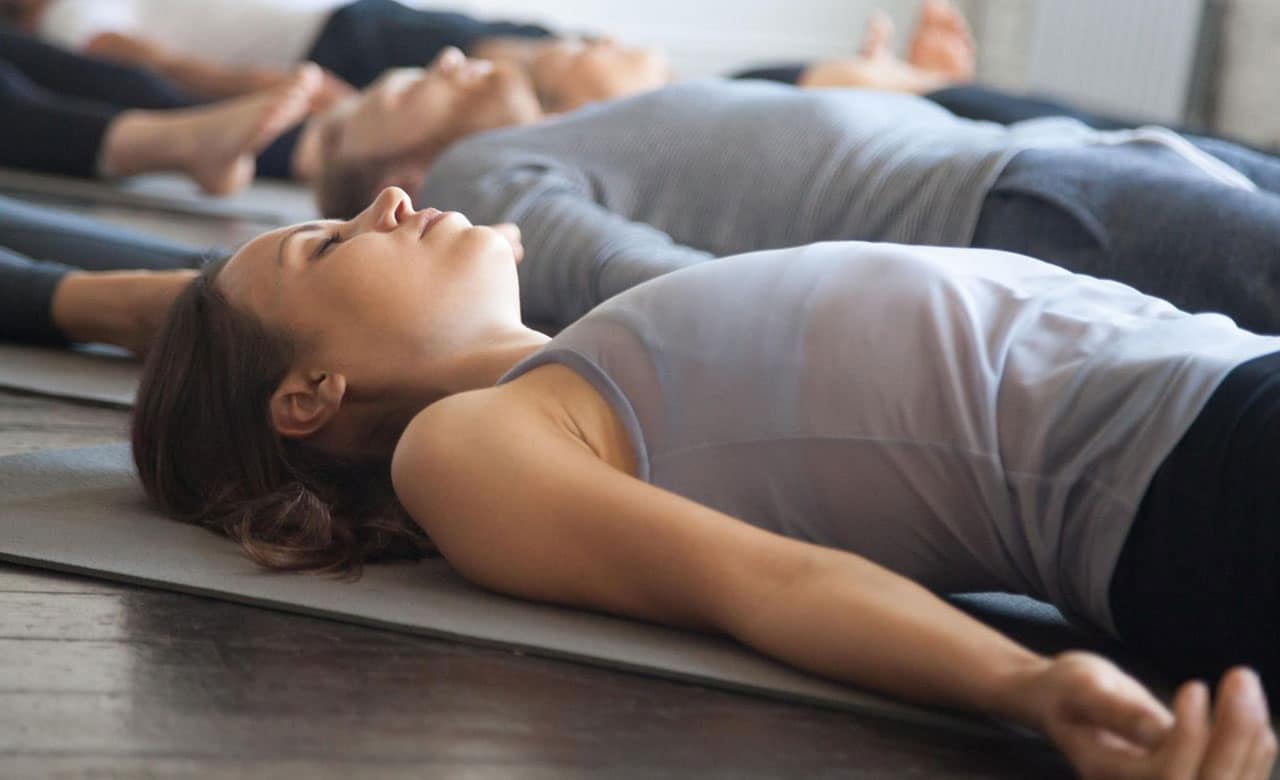
Informative
Progressive Muscle relaxation: A stress-busting tool
Do you know that apart from negatively affecting our mental peace, stress has the power to affect our actual body? Our body is designed so that it can tolerate some amount of stress. But when it becomes habitual or long-term, it triggers serious side effects on our bodies.
It releases the excessive stress hormones in our bodies, triggering our fight or flight response. Our blood pressure increases, the heart starts to beat faster, and breath quickens. It increases the tension in our muscles, making them ready for action. When our brain keeps on firing those stress signals, it could cause chronic adverse effects on our immune, central nervous, cardiovascular, digestive, endocrine, and muscular systems.
What can we do? We can practice meditation, mindfulness, and other activities, lowering our stress. But what about the long-lasting effect of stress on our muscles? Many of us suffer from chronic muscular pain, which could prohibit us from meditating for a longer duration. Alternative? A progressive muscle relaxation technique or PMR. Let’s get to know about this method in detail.
What is PMR?
Like breathing, Yoga, or active visualization, PMR is a relaxation technique that can be used during or after stressful mental and emotional situations causing anxiety, depression, insomnia, or stress. In the 1920s, a physician named Edmund Jacobson observed that his patients suffered from muscle pain and tension, irrespective of their illness.
After that, he developed a sequential exercise of tightening and relaxing specific muscles in the body, which will help his patients recognize and reduce the physical tension, carrying them in a more relaxed state. If you are feeling nervous, anxious, or unable to sleep, try this progressive muscle relaxation technique.
Step by step guide to Progressive Muscle relaxation:
-Find a quiet place to relax. Set at least 12 to 15 minutes aside from your schedule. Put your mobile phone on silent mode. Wear light and loose clothing and begin the PMR.
-Start by sitting or laying down. Close your eyes, and relax your body.
-Take ten deep breaths, filling and emptying the lungs completely.
-Begin with your toes. Stretch and lift your toes upwards, hold them in that position for a couple of seconds, and then turn them downwards. Hold, and relax them.
-Tense the calf muscles for a few seconds and let them relax.
-Now, it’s time for the thigh muscles. They are the strongest muscles in your body, and they carry the whole body’s weight. Tense and squeeze the thigh muscles for a few seconds and relax. Notice what it does to your body.
-Clench your fists for a few seconds. Recognize the tension in your forearms. Open your fists and release the tension.
-Tense the muscles of your arms. Notice the feeling. Hold it in the tense position for a few seconds and release it.
-Tightly squeeze your buttocks, hold them for a few seconds and unclench them.
-Flatten your abdominal muscles, hold them for a couple of seconds and then let them go. Continue the deep breathing.
-Tighten your chest for a couple of seconds and then relax it. Squeeze your upper back muscles for a few moments and then release.
-Try to touch your ear lobes with your shoulders. Hold the position for a few seconds and relax. Visualize the tension being lifted from your shoulder.
-Push your lips together, and then release. Open your mouth wide for a couple of seconds, and then release it. Holding your breath, fill your cheeks with air, and then let the air out after five seconds.
-Lift your eyebrows, hold and then release them.
-You can create your own sequence, and you can either start from the head or end with the head.
Benefits of Progressive Muscle relaxation:
-Patients with chronic neck pain often carry emotional and mental baggage on their shoulders. PMR helps to reduce nonspecific neck pain.
-PMR helps you get rid of anxiety. Being in a stressful situation, PMR helps you recognize these negative emotions and take a step back.
-Study suggests that PMR reduces the symptoms related to stress, anxiety, and depression, improving emotional well-being.
-Studies show that patients with chronic pain experience high anxiety and poor sleep quality. PRM reduces anxiety and improves sleep quality.
-Several research studies show that when paired with meditation and music, progressive muscle relaxation can aid in reducing lower back pain.
PRM normalizes blood pressure and reduces the frequency of migraine attacks.
-Temporomandibular joint disorder means getting a jaw locked due to excessive emotional stress. The calming effect of progressive muscle relaxation reduces the TMJ symptoms.
PMR is an effective relaxation technique where you pay individual attention to every muscle in your body, which helps you relax, release physical tension and reduce stress and anxiety. Several researches have underlined the benefits of the PMR technique. To receive its benefits, one must practice it daily. Over time, it will make you feel relaxed, calmer, and less receptive to your chronic pain.
Even though there is plenty of stuff available on PMR, it is highly recommended that one practice this under the supervision of an expert and after consulting the physician. We hope this blog helped you gain insight into the Progressive Muscle Relaxation technique.
To stay connected and receive information about spirituality, please subscribe to our mailing list. In case of any queries, please write to us at info@chamundaswamiji.com.
Post a Comment
-
Subscribe to Our Blog
-
Categories
-
Popular Articles
- Dead moth in the house. What universe is trying to tell you?
- Spiritual Meaning of Moth
- Vivah Bandhan Curse – What Is It and How to Spiritually Heal It.
- The Dasa Mahavidyas
- What are Beej Mantras?
- Tripura Sundari | The Dasa Mahavidya
- Maa Bhuvaneshwari | The Dasa Mahavidyas
- The Five Shades of Tantra
- Ramakrishna Paramhansa – The Man who almost became a Woman
- Bangles – A Forgotten Tradition – Their Spiritual and Health Benefits



